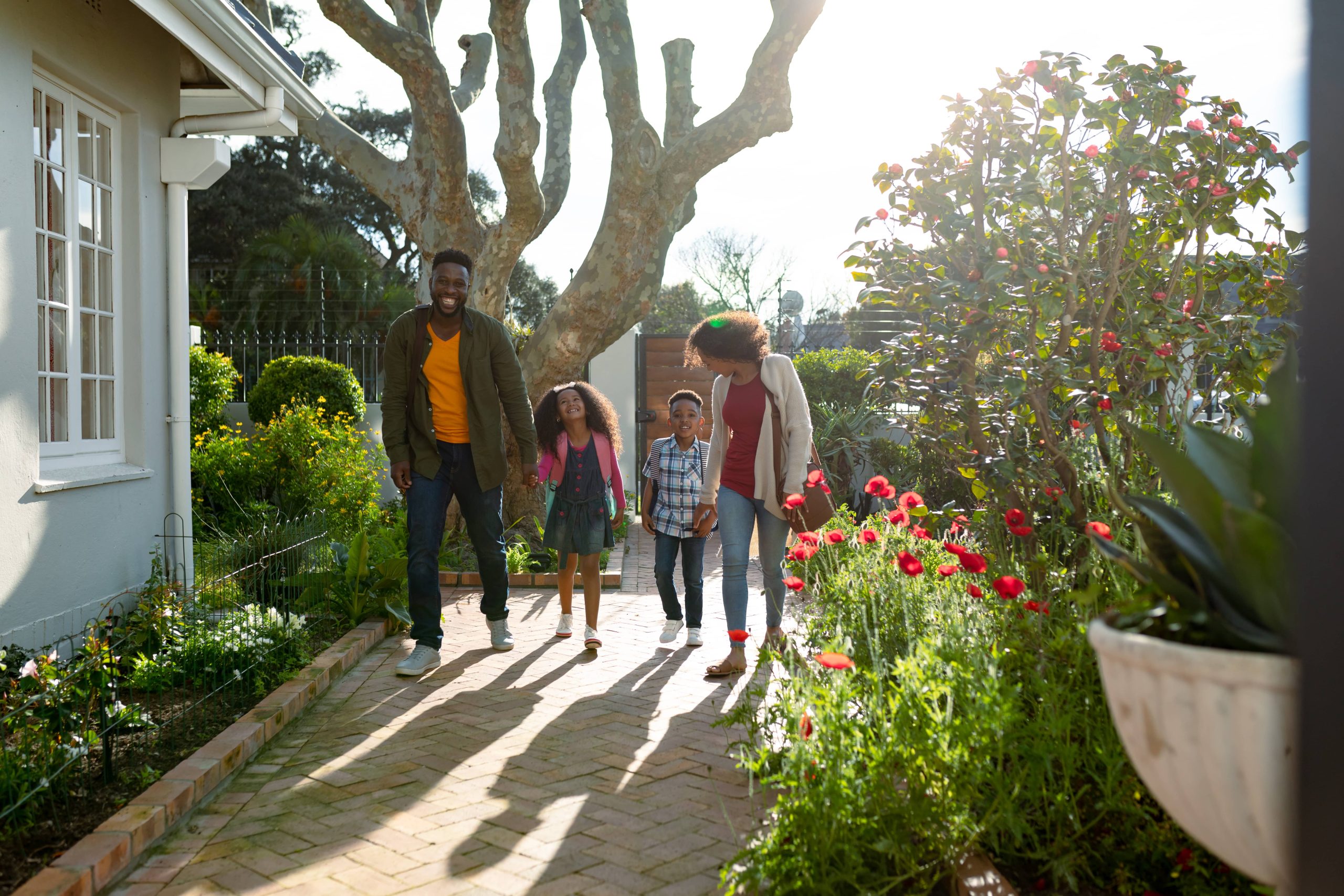
Spring is a time of renewal and rejuvenation, where life reawakens after the dormancy of winter. For gardeners, it’s an eagerly anticipated season, as it brings the opportunity to plant new flower beds, groom burgeoning vegetable gardens, and transform outdoor spaces into vibrant landscapes. One of the most fulfilling aspects of creating a garden, especially in spring, is attracting pollinators. The presence of these essential creatures not only enriches your garden with movement and life but also plays a critical role in ecological balance, supporting plant reproduction and increasing biodiversity.
Pollinators include a variety of creatures such as bees, butterflies, moths, birds, and even some mammals and reptiles. They are instrumental in transferring pollen from the male parts of a flower to the female parts, facilitating fertilization and the production of seeds and fruits. While bees are the most well-known pollinators, each species has its unique traits and preferences. Understanding how to draw them into your garden can create a dynamic environment brimming with life.
1. Understanding the Role of Pollinators
The importance of pollinators goes beyond the production of fruits and vegetables. They are essential for maintaining the health of our ecosystems, ensuring that plant varieties continue to thrive and evolve. According to the Food and Agriculture Organization of the United Nations, pollinators affect 35% of global agricultural land, boosting the outputs of 87 of the leading food crops worldwide, plus many plant-derived medicines.
But beyond the statistics, pollinators bring a sense of vitality and wonder to gardens. Watching a bee diligently collecting pollen or a butterfly flit gracefully from bloom to bloom can make gardening a more immersive and gratifying experience.
2. Selecting the Right Plants
To attract pollinators, diversity is key. Different pollinators are attracted to different types of flowers, which vary based on color, shape, and scent. Here are some plant choices to consider for your spring garden:
– Bees: Wildflowers, lavender, and sunflowers are excellent choices for attracting bees. They are particularly drawn to blue, purple, yellow, and white flowers. Native plants are always a good choice because local pollinators are adapted to them.
– Butterflies: These creatures prefer colorful and fragrant flowers like milkweed, coneflowers, and zinnias. Planting host plants such as dill or parsley can also support larval stages of butterflies.
– Hummingbirds: These birds are attracted to red, tubular flowers like trumpet vine and columbines. They are especially fond of nectar-rich blooms.
– Moths and Bats: Consider planting evening bloomers such as moonflowers or night-blooming jasmine, as these pollinators are more active at night.
3. Provide Food and Habitat
Creating a hospitable environment for pollinators extends beyond just plant selection. It’s also about ensuring that they have food, water, and shelter. Here are some practical steps to make your garden more inviting:
– Continuous Blooming: Plan your garden so that there is something in bloom throughout the spring season. This ensures that pollinators have a continuous food supply.
– Layering Plants: Create layers of vegetation at different heights to provide shelter for various pollinators. Include trees, shrubs, and ground covers to cater to different species.
– Water Sources: A shallow dish filled with water and partially submerged stones can help pollinators to rest and hydrate. Change the water regularly to prevent mosquitoes.
– Safe Areas: Avoid using pesticides and herbicides, which can be harmful to pollinators. Instead, consider natural pest control options.
4. Create Nesting Sites
Since many pollinators require specific conditions for nesting, providing varied nesting sites will encourage them to settle in your garden. Here are a few nesting solutions:
– Bee Hotels: Particularly helpful for solitary bees, these structures can be bought or made. They typically consist of wooden blocks or logs drilled with small holes.
– Moss and Leaf Litter: Bumblebees often use abandoned rodent burrows or accumulate moss and leaf litter. Allowing some garden areas to remain untidy can provide essential habitats.
– Butterfly Houses: Tall grasses and a sunny, sheltered spot can create the perfect area for butterflies to lay eggs and for caterpillars to develop.
5. Education and Community Involvement
Gardening as a means to attract pollinators isn’t just a solo activity. It’s an opportunity to engage the community, educate others, and inspire future generations about the importance of conservation:
– Workshops and Tours: Organize garden tours or workshops focusing on pollinator awareness and sustainable gardening practices. Collaboration with local schools and community centers can amplify the impact.
– Citizen Science: Participate in projects like the Great Sunflower Project or the Monarch Butterfly Project. These initiatives encourage individuals to contribute data that scientists can use to track pollinator health and movements.
In conclusion, attracting pollinators to your spring garden is a rewarding endeavor that brings numerous benefits to both the gardener and the ecosystem. By selecting a variety of plants, providing essentials like food, water, and shelter, and fostering an environment that supports all stages of pollinator life, you create a thriving, lively garden that will bloom with the distinct hues and energy of spring. Moreover, your efforts contribute significantly to maintaining biodiversity and ecological health—a legacy that goes beyond your own garden gates. Embrace this season of growth, and let your garden ripple with the vibrant buzz of pollinators. As you watch them dart and dance among your blossoms, take pride in knowing that your garden is a beacon for these vital creatures.

